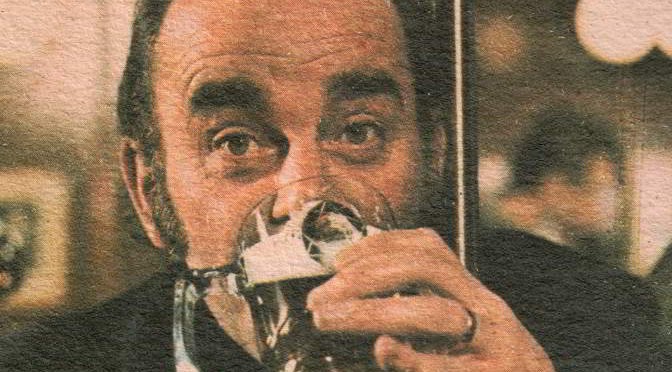People say they want beer writers to tell stories, but what counts as a story?
Some time ago, we spoke to someone at one of Britain’s biggest regional breweries who told us, off the record, about the personal reasons behind the company’s resurgence, which was pure drama, with something of the Thomas Hardy novel about it. We might yet cover it in a blog post or article but, in the meantime, we were struck by how little it is reflected in the official line which is all pride and tradition and shire horses and smiling blokes in blazers.
Then, last week, we got a PR email from a significant and interesting brewery. We replied and asked to be put in touch with the owner of the company, to whom we then addressed a few questions: Which other breweries inspired you? Has the new wave of breweries doing similar things to you been a challenge? There was nothing too probing — ‘How has your relationship with your mother influenced the company?’ — The replies we got, regardless of the question, all read like this (not an actual quote):
We believe in our company! It’s a great time for beer. We are very happy with our great quality beers and the delicious premium food, available at fair prices across all our outlets! We were inspired by our passion for beer.
Maybe it was all true — maybe this particular company is shiny and happy and no-one ever worries about a thing — but, if so, there’s not really much of a tale to tell.
A story is when something happens, for better or worse, that disrupts the equilibrium. It needs highs and lows. EVERYTHING CONTINUES TO BE LOVELY is not a narrative that would get you far in Hollywood.
Our advice to business people and their PRs is this: if you want to get written or talked about, overcome the instinct to whitewash. You don’t have to admit to a 20-year-feud with the head brewer down the road (although that would definitely be a story) — just drop the false smile, and share a little more.
And writers, of course, should resist the urge to jot down the tale as told — be a bit cheeky, ask a few impertinent questions, and look out for tell-tale twitches of the eyelids or balling of the fists.





